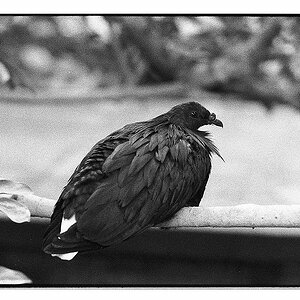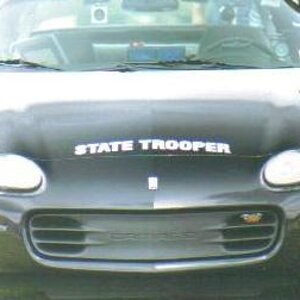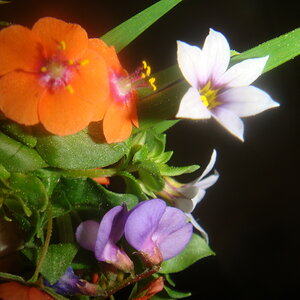Tennessee Landscape
TPF Noob!
- Joined
- Jan 19, 2008
- Messages
- 580
- Reaction score
- 0
- Location
- Seymour, TN
- Website
- www.myspace.com
- Can others edit my Photos
- Photos NOT OK to edit
Why would a 300 or 200mm lense at f/2.8 be so much more expensive than one at f/4.5 - 5?



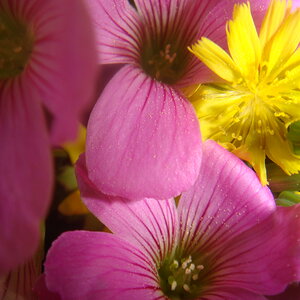
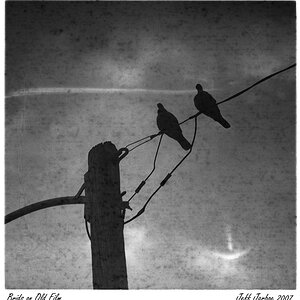
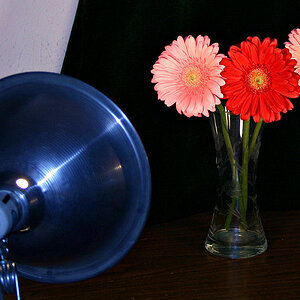
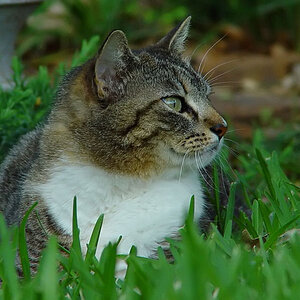

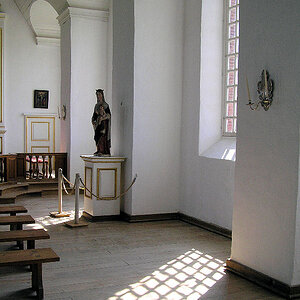
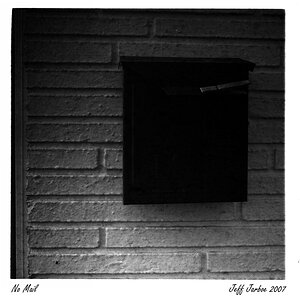
![[No title]](/data/xfmg/thumbnail/40/40285-2ce5915035c220ccb3485030863b62d0.jpg?1619739408)

